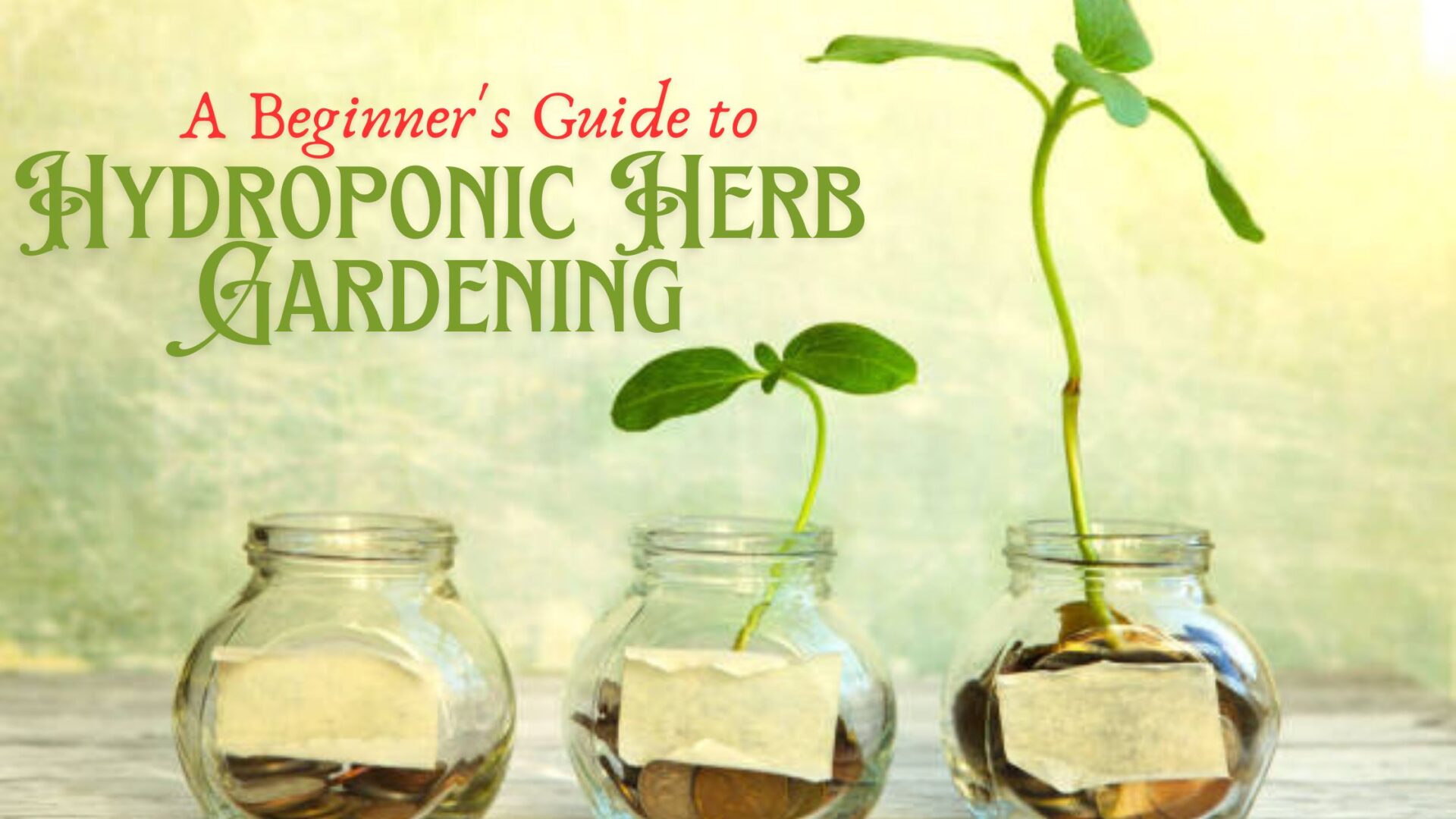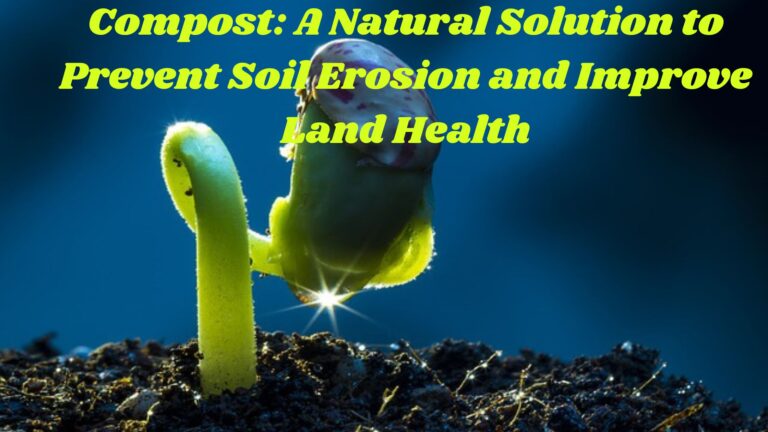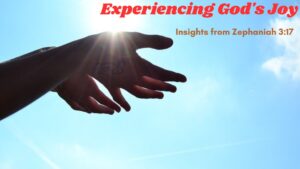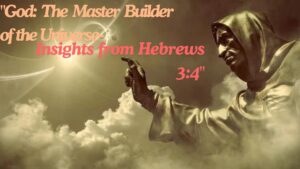Introduction:-
A Beginner’s Guide to Hydroponic Herb Gardening
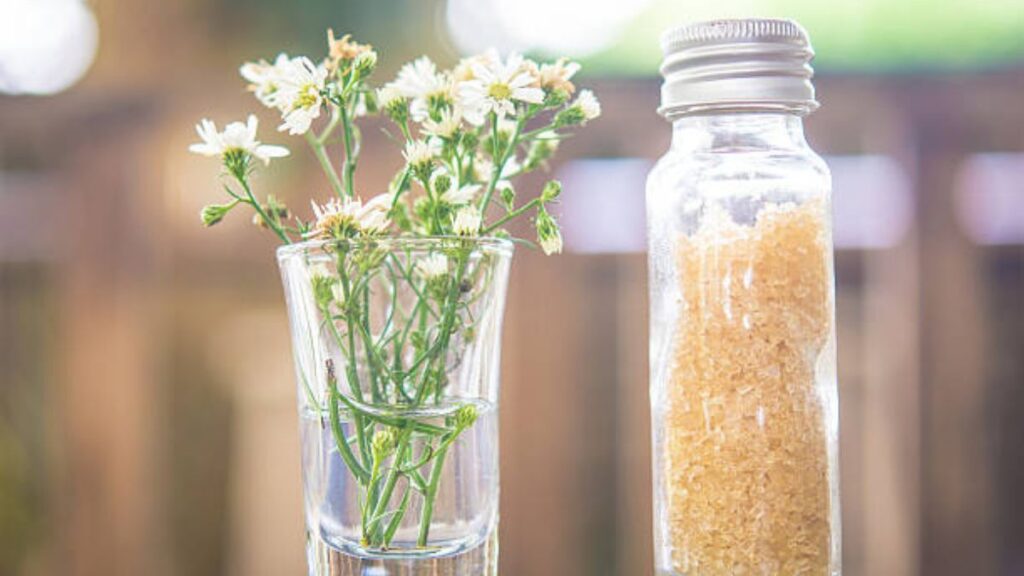
If you desire to cultivate aromatic herbs at home but are limited by the absence of a garden or subpar soil quality, hydroponic herb gardening offers an appealing solution. This cutting-edge technique involves growing herbs without soil, utilizing a nutrient-rich water solution that fulfills all plant requirements for optimal growth. In this beginner-friendly guide, we will provide a comprehensive overview of hydroponic herb gardening, covering its advantages and the necessary steps to set up your system.
What is Hydroponic Herb Gardening?
In hydroponic herb gardening, herbs are cultivated in water-based systems instead of traditional soil. The plants are securely anchored in a supporting medium like clay pellets or rock wool. Their roots are either suspended in or receive a constant mist of a nutrient-rich solution. This setup offers several advantages over conventional soil-based gardening. It promotes faster growth rates, increases yields, and provides the plants with immediate access to vital nutrients, ample oxygen, and consistent hydration.
Benefits of Hydroponic Herb Gardening
- Accelerated Growth: Hydroponically cultivated herbs can grow at remarkable rates, often 25-50% faster than soil-grown counterparts, thanks to their direct access to essential nutrients and oxygen.
- Increased Yields: Under ideal growing conditions, hydroponic systems can deliver bountiful harvests of herbs, surpassing the output of traditional soil-based gardening.
- Spatial Optimization: Hydroponics allows for vertical gardening or cultivation in compact spaces, making it an ideal option for urban dwellers or those with limited gardening areas.
- Water Conservation Marvel: Hydroponic systems utilize up to 90% less water compared to conventional gardening methods, as the water is efficiently recirculated and reused.
- Reduced Pests and Diseases: Cultivating herbs indoors in a controlled environment drastically minimizes the risk of pest infestations and soil-borne diseases, promoting healthier growth..
Setting Up Your Hydroponic Herb Garden
1. Select Your Hydroponic System:
For beginners, several types of hydroponic systems are recommended, each offering unique advantages. Here are some popular options:
- Deep Water Culture (DWC): In this system, plants are placed in a nutrient-rich solution, and an air pump provides oxygen directly to their roots.
- Nutrient Film Technique (NFT): With NFT, a thin layer of nutrient solution continuously flows over the roots, ensuring a constant supply of nutrients.
- Wicking System: This system utilizes a wick to draw nutrient solution from a reservoir to the roots of the plants.
Choosing Herbs for Hydroponic Systems:
When selecting herbs for your hydroponic system, consider your culinary preferences and the growing conditions you can provide. Some of the most common and popular herbs that thrive in hydroponic systems include:
- Basil
- Mint
- Oregano
- Parsley
- Cilantro
- Thyme
- Chives
Gathering Essential Supplies for Hydroponics:
To embark on your hydroponic gardening adventure, you’ll require the following supplies:
- Hydroponic System Kit or DIY Materials:
- Purchase a hydroponic system kit or assemble your own DIY system using suitable materials.
- Growing Medium:
- Select a suitable growing medium such as clay pellets or rock wool to provide support and moisture retention for your plants.
- Nutrient Solution:
- Obtain a nutrient solution specifically designed for hydroponic gardening to provide essential nutrients for plant growth.
- pH Testing Kit:
- Invest in a pH testing kit to monitor and adjust the pH level of your nutrient solution for optimal plant health.
- Grow Lights (if Growing Indoors):
- For indoor hydroponic gardening, ensure you have adequate grow lights to provide the necessary light for plant growth.
4. System Setup
Follow the instructions for your hydroponic system. Ensure the growing medium is properly placed and the plants are securely anchored. Fill the reservoir with water and add the nutrient solution as per the manufacturer’s guidelines.
5. Monitoring and Maintenance
- pH Levels: Regularly check and adjust the pH of the nutrient solution to ensure it remains within the optimal range (typically between 5.5 and 6.5).
- Nutrient Levels: Replenish the nutrient solution as needed to keep your herbs well-nourished.
- Lighting: Ensure your herbs receive adequate light, either from natural sunlight or artificial grow lights.
Harvesting Your Hydroponic Herbs
When your herbs reach the desired size, you can begin harvesting them. Regular trimming encourages new growth and maintains plant health. Enjoy the fresh flavors of your home-grown herbs in your favorite culinary creations!
Can Hydroponic Herb Gardening Save Water Compared to Traditional Methods?
Hydroponic herb gardening is renowned for its efficient use of resources, particularly water. Traditional soil-based gardening often requires significant amounts of water to maintain healthy plant growth. In contrast, hydroponic systems are designed to use water more efficiently. Here’s how hydroponic herb gardening can save water compared to traditional methods:
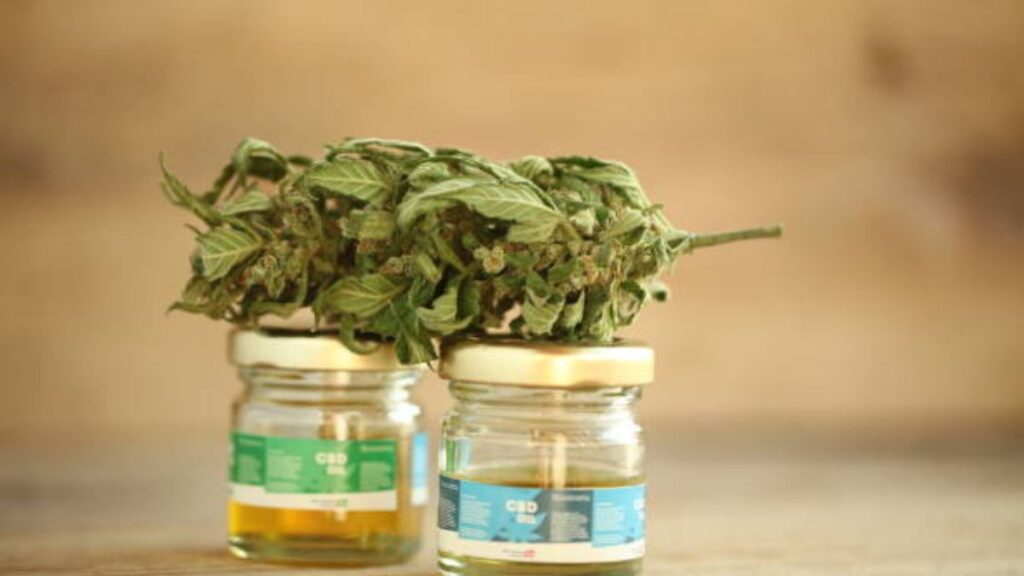
Water Conservation in Hydroponic Herb Gardening:
- Closed-Loop Systems:
- Explanation: Hydroponic systems recirculate water, preventing absorption into the soil and minimizing water loss through runoff and evaporation.
- Water Savings: Up to 90% reduction compared to traditional soil-based gardening.
- Evaporation Reduction:
- Explanation: Controlled environments, especially with covers or enclosures, help maintain humidity and reduce water evaporation.
- Water Savings: More water is available for plant uptake.
- Targeted Water Delivery:
- Explanation: Direct delivery of water to plant roots eliminates wastage through spreading and uneven absorption in soil.
- Water Savings: Efficient use of water, ensuring plants receive the exact amount they need.
- No Soil Drainage Issues:
- Explanation: Hydroponic systems eliminate drainage issues by containing and circulating water, ensuring efficient utilization.
- Water Savings: Every drop is used effectively.
- Efficient Water Use Monitoring:
- Explanation: Sensors and monitoring systems track water levels and nutrient concentration, allowing precise adjustments.
- Water Savings: Prevents overwatering and wastage.
- Less Water-Intensive Maintenance:
- Explanation: Minimized or eliminated water-intensive activities like soil preparation, weeding, and mulching.
- Water Savings: Focuses all water usage on plant growth.
Hydroponic herb gardening promotes efficient water conservation through closed-loop systems, reduced evaporation, targeted water delivery, no drainage issues, efficient monitoring, and less water-intensive maintenance. Gardeners can enjoy healthy, high-yielding herbs while being environmentally conscious.
Do hydroponic herb gardens need special lighting?
1. Necessity of Special Lighting in Hydroponic Herb Gardens
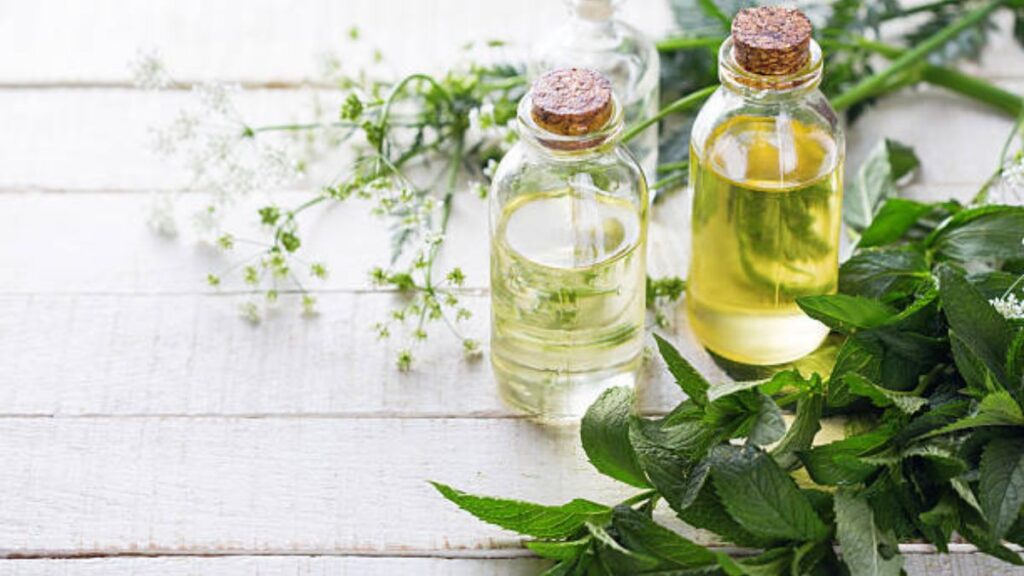
Indoor hydroponic herb gardens require special lighting to compensate for insufficient natural sunlight. This ensures optimal plant health and year-round cultivation, regardless of outdoor weather conditions. Artificial lighting provides controlled and consistent light conditions, crucial for maximizing plant growth and yields.
2. Types of Special Lighting
There are several types of artificial lighting used in hydroponic herb gardens, each with unique characteristics and benefits:
a. Fluorescent Lights: Energy-efficient and produce a suitable light spectrum for plant growth. Best for seedlings and young plants. Types include T5, T8, and compact fluorescent lights (CFLs). Affordable, low heat output, and easy to set up.
b. LED Grow Lights: Highly efficient, long-lasting, and customizable to emit specific wavelengths beneficial for plant growth. Suitable for all growth stages. Advantages include energy efficiency, low heat output, adjustable spectrum, and long lifespan. Higher upfront cost compared to other types.
c. High-Intensity Discharge (HID) Lights: Powerful and produce a large amount of light, ideal for large-scale hydroponic setups. Types include Metal Halide (MH) and High-Pressure Sodium (HPS) lights. Best for flowering and fruiting stages. Advantages: high light intensity and effectiveness for mature plants. Disadvantages: high heat output, requiring good ventilation and cooling systems.
d. Compact Fluorescent Lights (CFLs): Smaller and more energy-efficient than traditional fluorescent tubes. Best for small-scale hydroponic setups and supplemental lighting. Affordable, easy to install, and suitable for small spaces.
3. Choosing the Right Light Spectrum
The light spectrum plays a crucial role in plant growth and development:
a. Blue Light (400-500 nm): Essential for vegetative growth, promotes strong leaf and stem development.
b. Red Light (600-700 nm): Crucial for flowering and fruiting, helps with blooming and fruit development.
c. Full Spectrum: Many modern LED grow lights offer a full spectrum, mimicking natural sunlight and providing a balanced light suitable for all growth stages.
4. Light Duration and Intensity
a. Duration: Most herbs require 12-16 hours of light per day for optimal growth. Using a timer can automate the lighting schedule.
b. Intensity: The light intensity should be sufficient to penetrate the plant canopy. Too little light can lead to leggy, weak plants, while too much can cause leaf burn.
lighting is critical for successful hydroponic herb gardens grown indoors or in low-light conditions. Choosing the right type of lighting based on the specific needs, budget, and growth stage of the plants is essential. Proper lighting ensures healthy, robust, and flavorful herbs.
Conclusion
Hydroponic herb gardening is a sustainable, efficient, and rewarding way to grow fresh herbs at home. With the right setup and care, you can enjoy faster growth rates, higher yields, and the satisfaction of cultivating your own herbs without the need for soil. Happy gardening!
